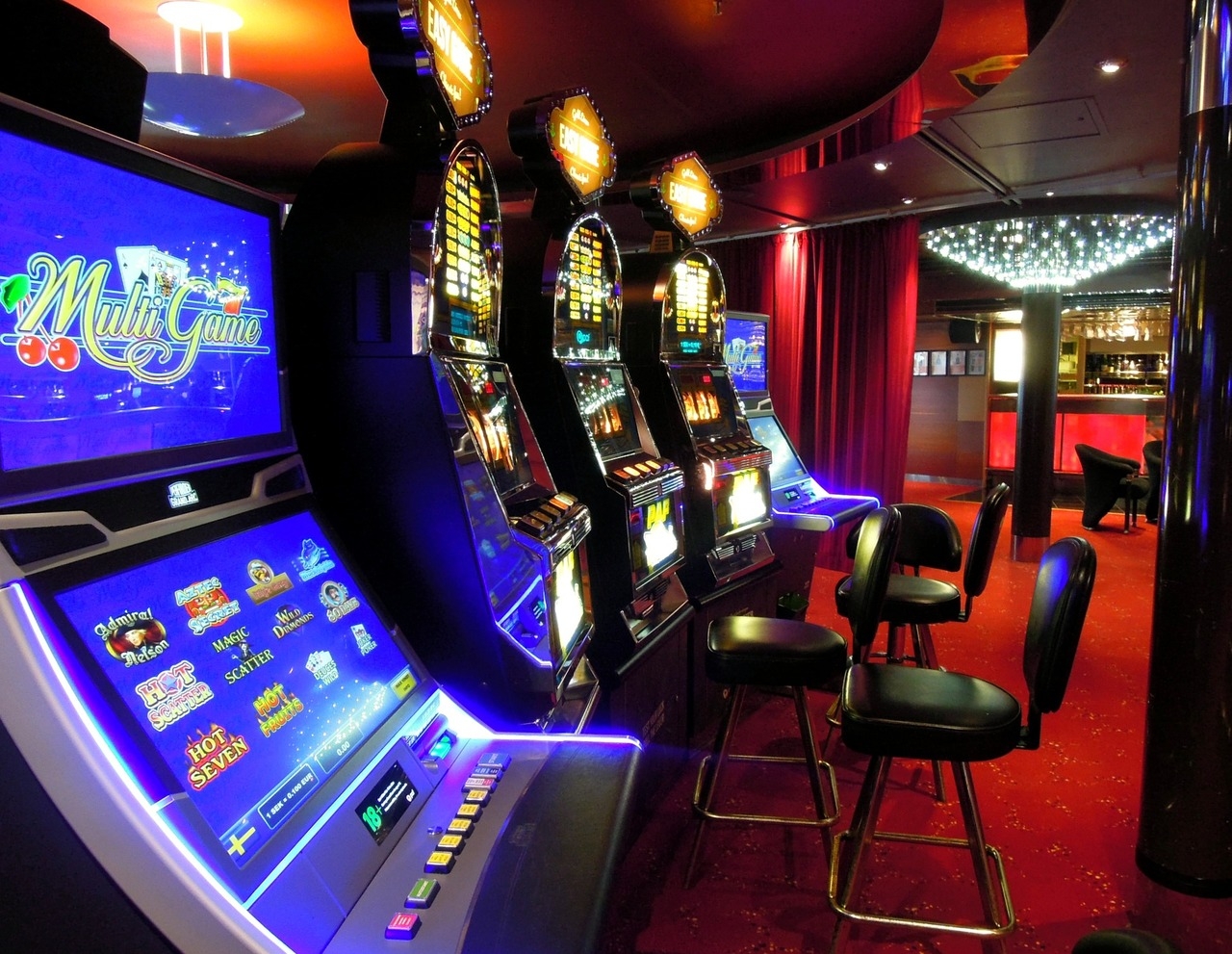1920 Casino
Posted By admin On 07/04/22Casino Gambling in the 1920s
The fire-and-brimstone evangelists who toured the country at the beginning of the twentieth century invariably linked gambling and drinking as interrelated evils.

Casino 1920 is also the one and only proprietor of all the photographs, images, animations, music, video and text that may be included in the software. Under no circumstances may any part of the software be redistributed, publicated or duplicated. Casino1920 has closed, however there are many USA friendly Pragmatic Play Casinos you can play at HERE! Although we have no idea what gambling was like way back in 1920, we have a very good understanding of what gambling is like in the 21st century thanks to the one and only Casino 1920. Casino Gambling in the 1920s The fire-and-brimstone evangelists who toured the country at the beginning of the twentieth century invariably linked gambling and drinking as interrelated evils. Their warnings were to prove prophetic during the 1920s, when bootleggers and casino operators merged their interests.
Their warnings were to prove prophetic during the 1920s, when bootleggers and casino operators merged their interests.
Partnerships between run runners and gambling club owners were advantageous to both parties, and the ensuing business realignments changed the structure of illegal gaming in the United States.
These mergers fostered the development of regional gambling centers controlled by organized-crime figures.
The experience of bootleggers in coordinating the distribution and marketing of liquor were transferred to the management of gambling complexes.
Large-scale bootlegging operations were predicated on cooperation among regional entrepreneurs.
These same informal networks were employed to run gambling halls in such places as Hot Springs, Arkansas, Newport, Kentucky, New York, Philadelphia, Boston, and Atlantic City.
After bootleggers and gamblers joined forces, casino owners found it difficult to operate independently of syndicate influence.
The leading casinos of the 19202 and 1930s were run by such infamous crime figures as Lucky Luciano, Bugsy Siegel, Al Capone, Jack Geizik, and Sam Giancana.
Although to infer that bootleggers suddenly took over all gambling halls would be simplistic, their influence was hard to deny.
In the depths of Depression, Florida legalized slot machines (most of which were placed in casinos) in an effort to increase state revenues and spur local economies.
Legalization seemed to achieve both purposes, since in a two-year period 12,500 slot machine handles were pulled to the tune of $65 million, with the state's share of the take exceeding $2 million.
Church groups vociferously complained that slot machines were taking the nickels and dimes of common laborers--- nickels and dimes that more appropriately should have gone into savings accounts.

The complaints of church leaders were heeded, and in 1937, Florida abandoned its experiment with legalized slot machines.
While slot machines were being righteously destroyed, Colonel Bradley's sumptuous Palm Beach Casino Club, catering to wealthy socialites, remained untouched by either police raiding parties or the ire of church members.
As Florida was beginning its slot machine venture, El Monte and Gardena, California, were licensing gambling in poker rooms even though playing cards for money in one's home was illegal.


In addition, in 1931, the sleepy mining state of Nevada sanctioned easy divorce and casino gaming in an effort to find desperately needed new sources of revenue.
By 1940, six gaming casinos, or clubs, were operating in las Vegas. On the eve of World War II, though the importance of gaming to the Las Vegas economy was growing steadily, tourists still regarded Hoover Dam as the area's major attraction.
Still a local phenomenon, Nevada's gaming industry had yet to take on national significance. Its early operations were known as 'clubs rather than casinos, suggesting an atmosphere of intimacy and exclusiveness.

These clubs, more akin to corner groceries than to the supermarkets of gambling that appeared afterwards, functioned with none of the sensation that later casinos created.
Bettors generally risked only little sums, and observers mostly agreed that the business was small, even harmless.